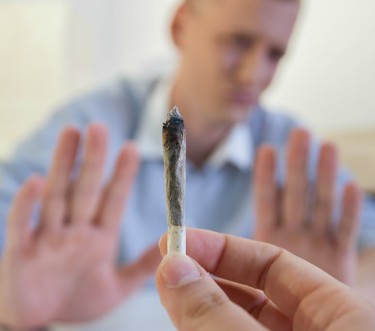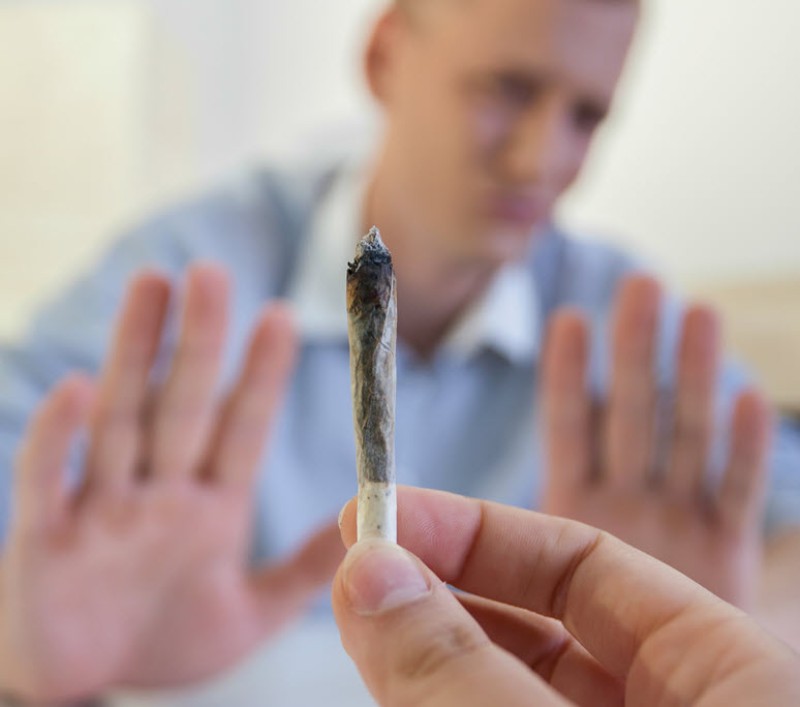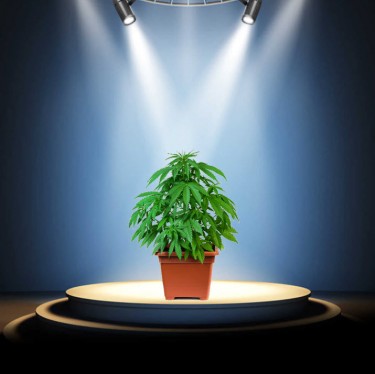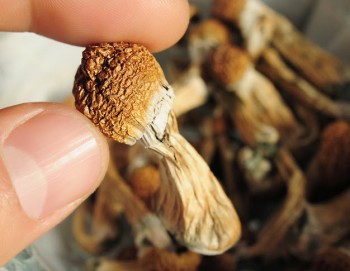
Huge Decline In Youth Cannabis Use In Colorado Proves That The Kids Are Alright
Colorado was the first state in the United States to legalize marijuana, by passing Amendment 64 way back in December 2014.
Two years later, state-licensed sales started and they welcomed marijuana tourism with open arms. They have since earned the reputation of being one of the most progressive states in the country, helping to pave the way for a billion-dollar cannabis industry in the country. It would then be easy to assume that even young kids start using cannabis early, right?
Well for those who are worried about youth cannabis use, stating that legalized marijuana makes it all too easy for teens to access the drug, recent statistics prove otherwise.
Data from the Colorado Department of Public Health and Environment (CDHPE) have shown that young people who have admitted to using cannabis had a dramatic decline from 2020 through 2021, says a report from Marijuana Moment. In fact, there has been a 35% drop among teens who report cannabis use in the last 30 days, as well as a 22% decrease in teens that said they can easily access the drug.
“These data are consistent with other surveys showing that marijuana regulation policies can be implemented in a manner that provides access for adults while simultaneously limiting youth access and misuse,” says Paul Armetano, NORML Deputy Director. “These findings ought to reassure lawmakers and others that cannabis access for adults can be regulated in ways that do not inadvertently impact young people’s habits.”
In addition, a survey conducted by researchers from the Colorado School of Public Health at the University of Colorado Anschutz Medical Campus shared similar results: a 35% drop among teens using marijuana. The poll, called the Healthy Kids Colorado Survey, reflected decreases in actual use, perceived access, and driving while under the influence.
“I’m delighted to see that youth usage numbers are going down,” says Truman Bradley, the Marijuana Industry Group’s executive director. “Thirteen point three percent of youth admitted to using cannabis in the last 30 days, which is a decrease from 20.6% in the prior survey. That’s a 35% drop. That is a huge number,” he said.
There are numerous studies that point to it, and we can’t deny the facts.
Another larger study from 2019, which was published in JAMA Pediatrics, involved surveying over 1.4 million high school students. Researchers analyzed data from the Youth Risk Behavior Survey from 1993 and 2017, then compared cannabis consumption rates across all states with consumption rates among teens in states with legal marijuana policies in place – either for recreational or legal purposes.
They found that legalization once again indeed helped to curb cannabis consumption among teenagers.
“The general takeaway from our research is that there is no evidence that legalization of marijuana for medical or recreational purposes has led to increased teen use,” explains D. Mark Anderson, PhD, lead author and associate professor in the Department of Agricultural Economics and Economics at Montana State University. “This is now one of a handful of studies that all reach the conclusion of no effect on teen marijuana consumption,” he adds.
Anderson goes on to explain that while the researchers were not able to identify the exact reasons why cannabis use has gone down, they pointed to previous studies which suggest doing so makes it harder for teenagers to access marijuana from a dispensary following regulation compared to getting it from the black market before it was legalized.
Why Cannabis Regulation Is Key
Despite what many people think, if you really aren’t doing the research, it’s far too easy to say that legalizing marijuana will become a major public health problem. The truth is that, when we don’t make marijuana legal or incorrectly regulate it, kids can easily access them through the black market.
Sure, there is a risk in regulating – but no regulation makes the risk much worse. Even if states have different regulations and public policy, it’s up to the state governments to implement the right programs to increase protection for the youth while ensuring that patients as well as adult recreational users can still get what they need.
There are also studies showing that even recreational laws have been linked with a decline in teen use.
Clearly, regulation leads to a reduction in easy supply since dealers have been replaced by legitimate dispensaries which would require identification and proof of age in order to buy. For people to sell to minors would translate to a serious crime, making it a much riskier act. Besides, when states regulate marijuana, they do this to enable adults to acquire it legally while preventing minors from accessing it.
In addition, there’s also the possibility that more parents open up about drug use talks with their children when the place they reside in starts legalizing drugs. Kids end up becoming more aware of the harms of early use, and it also can lead to more supervision among children and parents. These discussions may not have been in place when the drug isn’t regulated since parents don’t see an immediate need to do so urgently.
When teenagers enter adulthood and can legally access marijuana, it’s much safer for them compared to alcohol and other illicit substances. Cannabis legalization has been linked with a decline in drunk driving, opioid addiction rates, violent crime, and much more – all of which show that it could indeed benefit society as a whole.
Conclusion
The studies all point to the same facts: regulating marijuana will help us make sure that the kids are alright.
MORE FAKE CANNABIS CLAIMS, READ THIS...
DEA CLAIMS TEEN SUICIDE RATES GO UP WITH CANNABIS, NO DATA SUPPORTS THIS!






